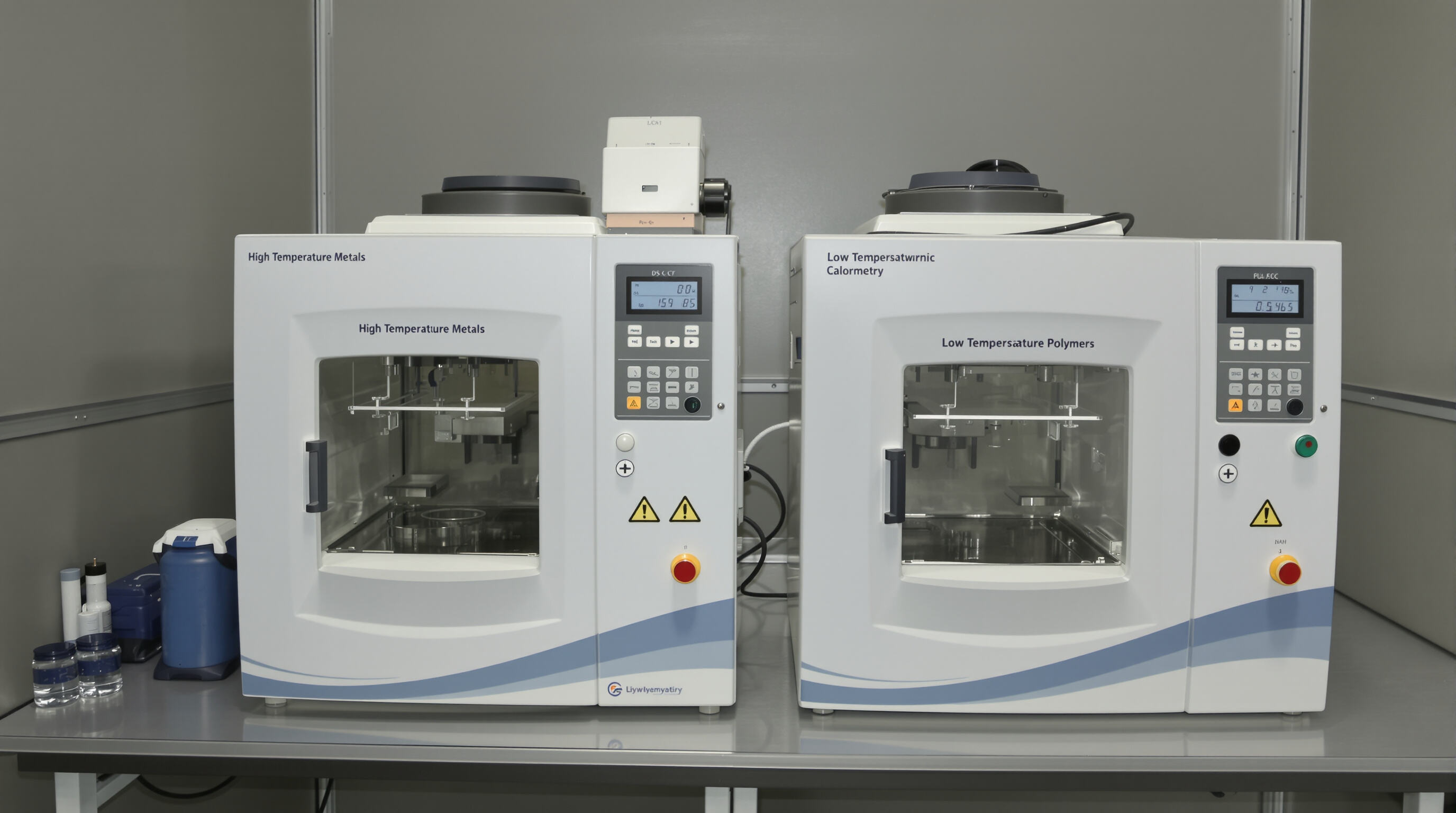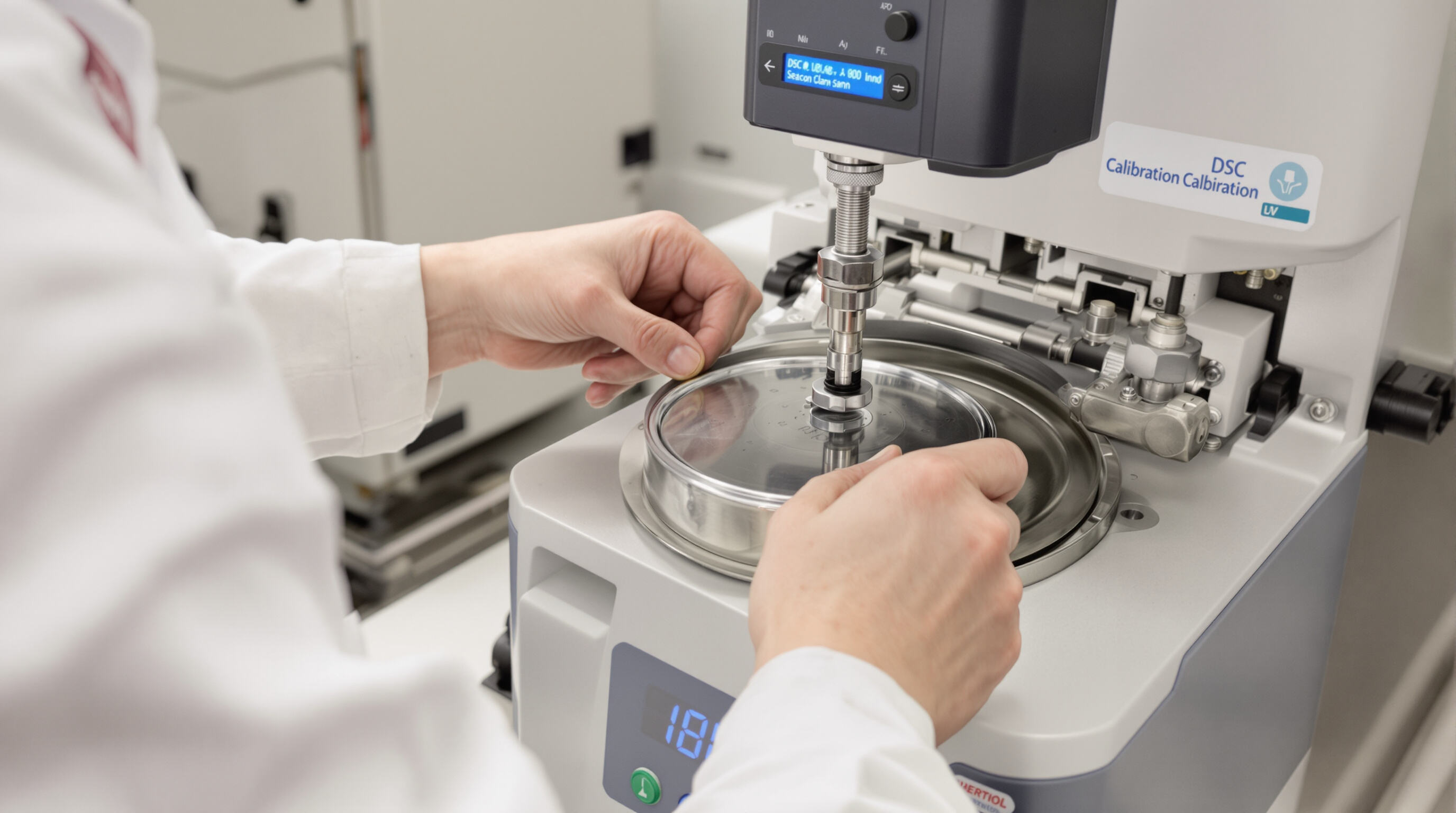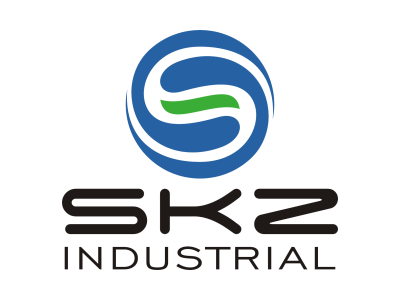Understanding Differential Scanning Calorimetry and Core Laboratory Applications
What Is Differential Scanning Calorimetry and How Does It Work?
DSC, which stands for Differential Scanning Calorimetry, basically looks at how much heat flows between a sample material and something inert when they're both heated according to a specific temperature schedule. The method picks up on those energy shifts that happen during things like melting points, when stuff crystallizes, or goes through what's called glass transitions. These measurements give researchers valuable information about what makes up different materials, how stable they are, and whether there might be impurities present. Modern equipment can detect temperature differences as small as 0.1 degrees Celsius, making these systems indispensable tools in labs working with complicated substances. Industries from pharmaceuticals to polymer manufacturing rely heavily on DSC data to understand their products better.
Key Industries and Scientific Fields Using Differential Scanning Calorimetry
DSC is a cornerstone analytical method in over 70% of polymer research and pharmaceutical quality control laboratories. Its primary applications span:
- Polymers: Monitoring curing kinetics and thermoplastic behavior
- Pharmaceuticals: Confirming drug purity and identifying polymorphic forms
- Advanced materials: Evaluating thermal stability in composites and nanomaterials
The technique also supports innovation in automotive manufacturing (polymer components), biomedical engineering (drug delivery systems), and energy storage (battery electrode analysis), where precise thermal characterization directly impacts performance and safety.
Common Use Cases: Polymers, Pharmaceuticals, and Materials Science
Differential scanning calorimetry (DSC) plays a key role in polymer science by identifying glass transition temperatures (Tg), which helps predict how materials will behave when stressed. When it comes to pharmaceutical manufacturing, maintaining consistent batches is absolutely critical. Even tiny changes in crystallinity levels, sometimes just around 2%, can really mess up the stability of formulations. The field of materials development relies heavily on DSC data too, especially when creating composites that need to withstand extreme heat like those used in aerospace engineering where temperatures often exceed 300 degrees Celsius. Take epoxy resins for instance. By fine tuning their curing process through DSC analysis, manufacturers typically see about a 15 to 20 percent boost in processing efficiency. This not only cuts down on material waste but also leads to better performing end products across various industries.
Evaluating Critical Performance Factors: Temperature Range and Sensitivity

Why Temperature Range Matters in Differential Scanning Calorimetry
The temperature range of a DSC instrument basically determines what kinds of materials it can handle effectively. When working with polymers, researchers usually need those sub-zero capabilities to catch those tricky low-temperature glass transitions. On the flip side, metal and ceramic samples typically call for instruments that can push past 700 degrees Celsius. If an instrument goes beyond a sample's degradation point without picking up on key transitions first, then all that work just produces incomplete results. According to recent studies, about three quarters of errors in material characterization actually come down to temperature specs not matching up properly. That's why getting the right temperature range aligned with what we expect to see during testing remains so critical for accurate analysis.
Measuring Sensitivity: Detecting Small Thermal Transitions
The sensitivity of a DSC system basically tells us how well it can pick up on those tiny thermal changes happening during experiments. We're talking about things like slight shifts in polymer crystallinity or when active pharmaceutical ingredients undergo polymorphic transitions. For checking product purity, we need really good sensors that can spot heat flow at the micro-watt level because even tiny amounts of contamination will cause measurable differences in enthalpy. Most labs calibrate their equipment with indium standards to keep temperatures accurate down to around 0.1 degree Celsius. Some top-end systems go even further, resolving transitions that account for less than half a percent of the total enthalpy change. This kind of resolution matters a lot when working with proteins or other substances that require extremely high purity levels.
Balancing Wide Range with High Precision in Real-World Lab Conditions
Getting good temperature range coverage without losing measurement accuracy is no easy feat for engineers working on these systems. When we push the limits too far, things start going wrong at the edges - the baseline tends to drift, making it harder to get accurate readings when temps get really hot or cold. That's why many setups now use dual furnace arrangements along with those modular sensor cassettes. These components actually stay aligned better through all those quick temperature changes that happen during testing. Take a look at what the folks at NIST's Materials Measurement Lab have been doing with their adaptive PID control systems. Their approach keeps temperatures stable within just 0.01 degrees Celsius, which matters a lot when running experiments in labs where conditions aren't always perfect. This kind of precision makes all the difference for collecting trustworthy data across different types of tests and environments.
Comparative Framework: DSC Performance Trade-offs
| Parameter | High-Range Emphasis | High-Sensitivity Emphasis | Balanced Systems |
|---|---|---|---|
| Max Temp (°C) | 1600 | 700 | 900 |
| Resolution | 0.1 μW | 0.01 μW | 0.02 μW |
| Typical Drift | 15 μW/min | 5 μW/min | 8 μW/min |
| Use Case | Ceramics/Alloys | Pharmaceuticals | Polymers/Nanocomposites |
Advanced Thermal Analysis: When to Choose Modulated DSC Capability
Introduction to Modulated DSC and Its Advantages Over Standard DSC
Modulated Differential Scanning Calorimetry, or MDSC as it's commonly called, takes regular DSC analysis a step further by adding a sine wave pattern to the normal temperature increase during testing. What this does is split apart the heat flow that goes back and forth, which tells us about how materials store energy, from those one-way processes we see when things cure, break down, or evaporate. Researchers get much clearer pictures when transitions overlap because they can actually measure heat capacity directly without having to run extra tests just for calibration purposes. Labs working on polymer development find MDSC especially useful since it gives them deeper understanding about how stable materials are under different conditions and what happens during various phase changes in their samples.
Resolving Overlapping Thermal Transitions with Modulated DSC
When it comes to untangling complicated thermal profiles where signals overlap, MDSC really shines compared to traditional DSC methods. Think about situations where glass transitions get masked by things like exothermic curing reactions or endothermic evaporation processes. What makes MDSC so powerful is its ability to separate out those reversing components from the non-reversing ones through sophisticated signal processing techniques. This separation lets scientists clearly see what's happening at the thermodynamic level versus what's just a kinetic effect. For folks working with pharmaceutical polymorphs or complex polymer composite materials, this distinction matters a lot. Researchers can actually tell apart inherent material characteristics from changes caused during manufacturing processes. And don't worry about validity concerns either - major thermal analysis journals have published numerous studies validating these approaches over the years.
Applications in Polymer Characterization and Composite Materials
In industrial practice, MDSC enables deeper characterization of performance-critical materials:
- Quantifying crystallization kinetics in semicrystalline polymers like PET during processing
- Detecting minor curing variations in aerospace-grade epoxy composites
- Identifying phase separation in multi-component polymer blends
Its ability to detect weak thermal signals makes MDSC indispensable in automotive, packaging, and additive manufacturing sectors, where material history influences long-term durability and functionality.
When Modulated DSC Adds Unnecessary Complexity: Industry Considerations
MDSC does come with some downsides though, mainly longer running times and more complicated operations. When dealing with regular quality checks on materials we already know pretty well, like those nice uniform crystals or basic purity tests, standard DSC works just fine and gets results much quicker. Most thermal analysis handbooks actually suggest saving MDSC for situations where the material really needs it because of complex structures or tricky compositions. Labs need to weigh what they gain in detail against how long it takes to get those answers. Modulation techniques are worth the extra effort only when that extra resolution makes all the difference in understanding the sample properly.
Software, Data Analysis, and Integration Features in Modern DSC Equipment
What makes modern DSC systems so valuable is really their software component, which boosts both ease of use and analytical capabilities. The interface designs are pretty intuitive these days, cutting down on training needs for new staff maybe around 40% compared to older models. And let's face it, nobody wants to spend hours figuring out how to set up experiments. That's why many labs love the drag-and-drop approach for creating methods. When it comes to regulatory work, integration with LIMS systems means data gets archived automatically, which helps meet those pesky 21 CFR Part 11 standards that so many labs struggle with. Among the standout software features worth mentioning are...
- Automated baseline correction to compensate for instrumental drift
- Multi-peak deconvolution tools for resolving overlapping transitions in polymer blends
- Predictive analytics that leverage historical data to forecast degradation trends
According to a recent industry poll from last year, around 7 out of 10 materials scientists actually care more about how flexible the software is than what kind of high temps their DSC equipment can handle. Sure, those fancy AI systems are getting pretty good at guessing what phases materials might go through, but honestly? Most of them still sit in university labs rather than real world factories. When it comes down to everyday QC work, folks tend to stick with instruments that come packed with ready made reports and documentation features that make compliance checks a breeze instead of wrestling with cutting edge tech that hasn't proven itself yet.
Ensuring Accuracy: Calibration and Baseline Stability Best Practices

Importance of Regular Calibration for Reliable Differential Scanning Calorimetry
Getting good results from DSC measurements really hinges on proper calibration work. When equipment isn't calibrated right, we start seeing major problems with thermal readings. Research has found that around two thirds of all thermal analysis mistakes come down to calibration issues drifting over time according to a study published last year in the Journal of Thermal Analysis. Labs following ISO 17025 standards need to check their calibration regularly, especially before running important tests and definitely no less than once every three months with those certified reference materials. Why does this matter? Because when measuring things like glass transition temperatures or how much heat is needed to melt something, even small changes of half a degree Celsius can mean the difference between a product passing quality checks or getting rejected, particularly in fields like drug manufacturing and polymer development where precision matters most.
Best Practices for Maintaining Baseline Stability and Minimizing Drift
Stable baselines require both environmental control and meticulous procedure:
- Operate instruments in vibration-free areas with ambient temperature fluctuations under 1°C
- Use ultra-pure, matched reference and sample pans to minimize asymmetry
- Verify purge gas flow monthly to prevent oxidative artifacts
- Employ automated baseline correction to account for minor furnace imbalances
Thermal contact resistance between sample pans and sensors accounts for 85% of baseline anomalies (ASTM E698). Using calibrated torque tools for pan crimping ensures consistent thermal contact and reproducible results.
Data Point: NIST-Traceable Standards Improve Measurement Reliability by Up to 30%
When labs use reference materials that are traceable to NIST standards, they're not just doing regular maintenance anymore but actually achieving real metrological precision. Studies indicate that when indium standards come with their enthalpy values properly certified, this cuts down on measurement inconsistencies by around 27 to 30 percent over what most labs get using their own references according to Thermochimica Acta in 2024. The ability to track these materials back to recognized standards creates those solid uncertainty boundaries needed for important work. Think about measuring how crystalline something is in plastics or checking if different forms of drugs will stay stable during development. Even small errors here matter a lot because getting things wrong by just 2% could mean failing regulatory checks entirely. Newer DSC equipment makes all this easier since it automatically includes the necessary certification information right within those thermal scans that researchers produce day after day.
FAQ Section
What industries heavily rely on Differential Scanning Calorimetry?
Industries such as polymers, pharmaceuticals, and advanced materials, including automotive manufacturing, biomedical engineering, and energy storage, heavily rely on Differential Scanning Calorimetry (DSC). It plays a crucial role in understanding thermal properties and ensuring product quality and safety.
Why is temperature range important in DSC?
The temperature range is important because it determines the types of materials that can be effectively analyzed using a DSC instrument. Matching the temperature range to specific material properties is crucial for accurate results and identifying key transitions.
What is Modulated DSC and when is it used?
Modulated DSC (MDSC) involves introducing a temperature modulation to a standard DSC measurement, which provides more intricate details about thermal transitions, including separating overlapping processes. It is used when understanding complex material behavior or transitions is necessary, such as in polymer and composite analysis.
Table of Contents
- Understanding Differential Scanning Calorimetry and Core Laboratory Applications
- Evaluating Critical Performance Factors: Temperature Range and Sensitivity
- Advanced Thermal Analysis: When to Choose Modulated DSC Capability
- Software, Data Analysis, and Integration Features in Modern DSC Equipment
- Ensuring Accuracy: Calibration and Baseline Stability Best Practices
- FAQ Section

